Let’s get this out of the way at the top: I’m not a doctor and I won’t presume to understand how Covid-19 affects the human body.
I am an architect. Architecture has always been a powerful way to help humans adapt to and thrive in the world around them. When it comes to this pandemic, necessity may be the mother of invention.
An anecdotal analogy. I have a three-year-old boy, and we blow soap bubbles. If I were to sit six feet across from him in an enclosed room in our house, I might be able to land five, ten, or even a hundred bubbles on him. If we were to sit six feet apart in our backyard on a normal South Dakota summertime afternoon with a breeze, I would probably not come close to landing a bubble on him. This overly simplified concept illustrates the hidden power of airflow.
A recent study entitled “Manual of Physical Distancing”, funded by Princeton University, and led by architecture professors Paul Lewis and Guy Nordenson, has provided some interesting research. (see link here; https://issuu.com/djlewis72/docs/200622_manualphysicaldistancing_draft/3?ff&hideShareButton=true&pageLayout=singlePage)
One key statistic in the article notes a study indicating you are 18.7 times more likely to contract Covid-19 in an indoor space than an outdoor space. This is a huge and critical figure. (See footnote 1)
Second, Covid-19 is airborne. When we talk, sing, yell, cheer, we can transmit fine droplets or aerosols – that depending on the force can extend up to 23-27 feet. But the most intensity before dispersing is immediate, and at 6’ the aerosols begin rapidly dispersing. (see footnote 2)
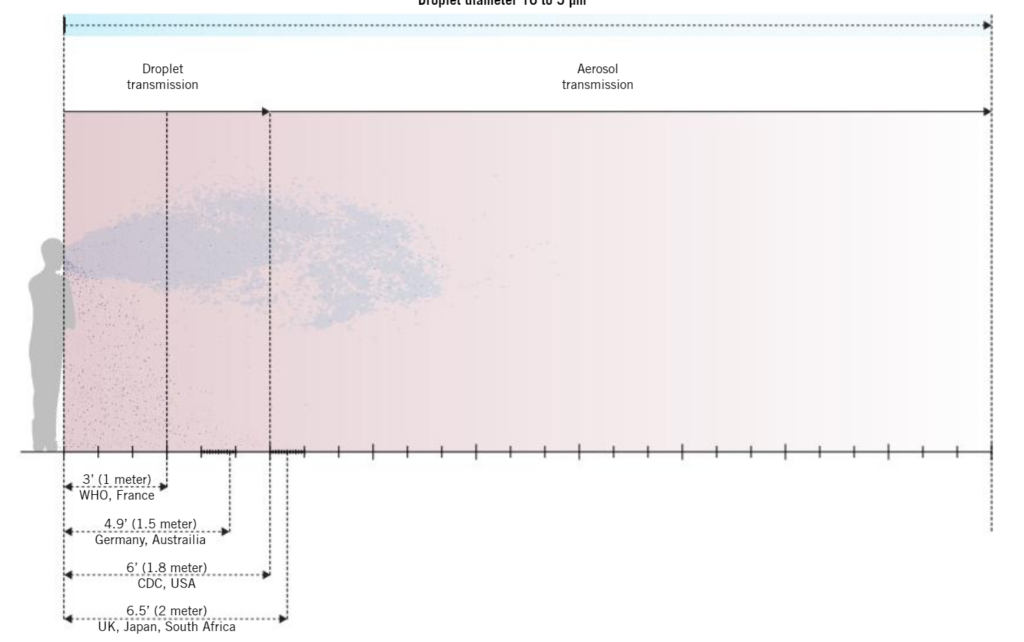
Third, masks, like any mechanical air filter, have effectiveness. They catch some droplets and aerosols that spread the virus. Masks also reduce airflow speed. Naturally, slowing down the speed of dispersal will reduce the distance and area of spread.
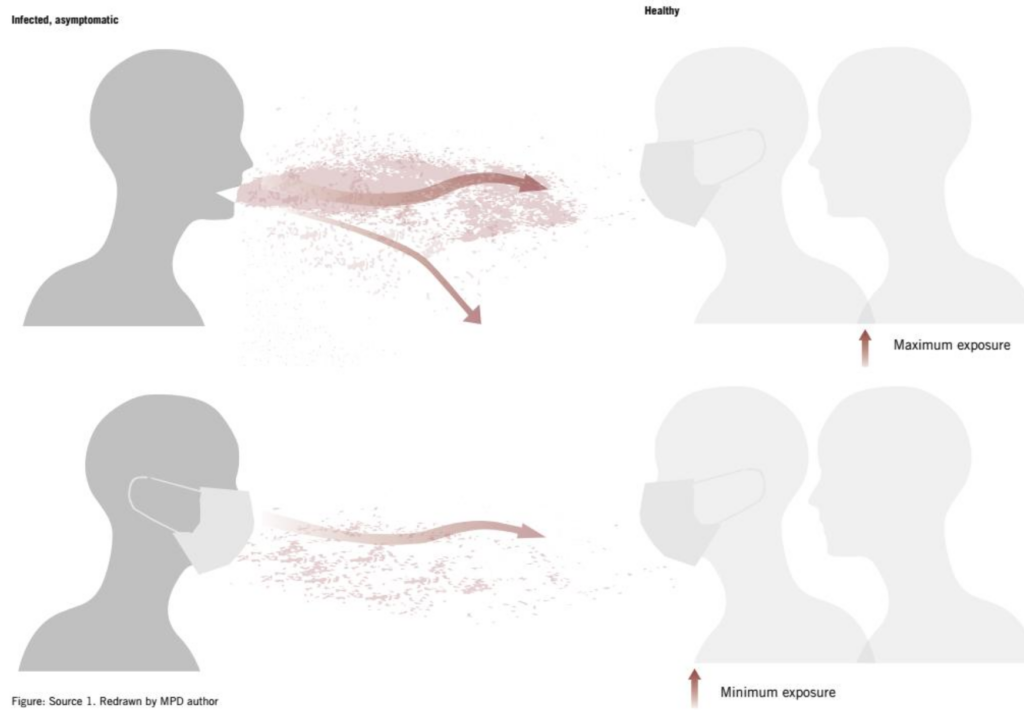

Now let’s talk airflow. The HVAC systems in commercial buildings have two primary purposes: to condition the air (make it hot or cold, more or less humid, etc.), and to exchange the air (add fresh outdoor air). The former is for our comfort; the latter for our safety, as we cycle out harmful contaminants of any sort, and bring in fresh, breathable oxygen. Although humidity levels can contribute to both comfort and safety
We can measure airflow by cubic feet per minute or by air changes per hour in a defined volume. Different sized rooms require different rates of air change, but as a general rule, the smaller the space, the more often you need newly exchanged air. A bar might require changing out the air 20 times in an hour. A classroom or a church, 10 to 15 times in an hour. A large event space, even less – 4 to 6 times an hour. Surgery rooms and, surprisingly, airplanes, can have much faster air exchanges with medical grade filters.
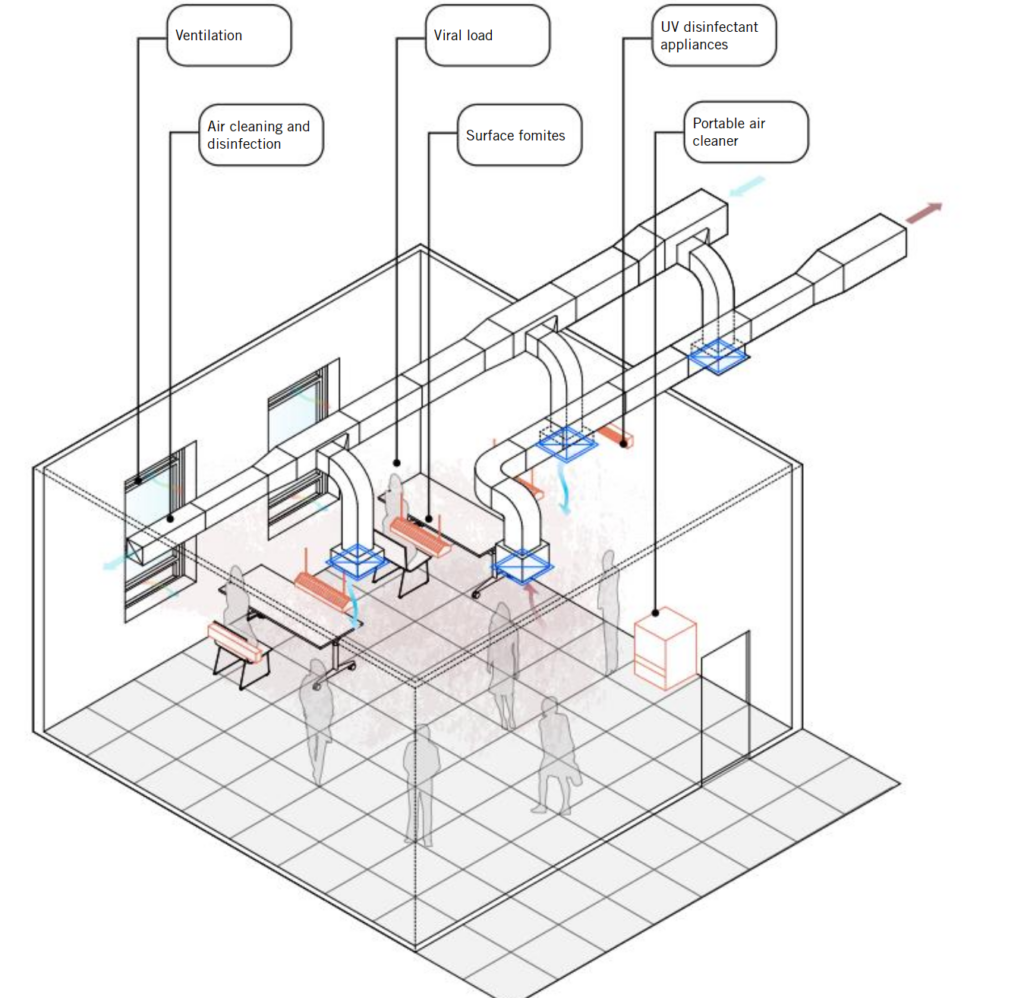
We’ve all experienced times when air circulation isn’t what it should be, whether that’s belly up at a dive bar Saturday night, or sitting in the front pew Sunday morning. And when we’re dealing with an unprecedented pandemic that has severe effects on both public health and our economy, we need to think bigger about airflow. A recent study in China confirmed that in 345 outbreaks involving 1245 people, all but one was traced to an indoor location! (see link here; https://www.medrxiv.org/content/10.1101/2020.04.04.20053058v1) That’s where architecture and design can and must play a key role in bringing more of the outside, inside.
First, the easy stuff. Even as Sioux Falls grows, we are still in rural America, blessed with ample space, and we should take advantage of it. Sure, weather will be a limiting factor and I understand this may not work for all businesses, but when you can, sit outside at coffee shops, bars, restaurants – and those businesses should be making arrangements to increase outdoor capacity. Even at work if possible. Patio seating at restaurants with adequate spacing would typically be far safer than indoors. Retail shops should be planning on putting merchandise outside. Backyard and drive-in movies. Church services, choir practices, even educational opportunities can be outdoors. “Fine in summer”, you say, “but what about winter?”. We need to change the paradigm. Stores, bars, and restaurants need to begin grabbing more sidewalk, outdoor, and even parking spaces – they’re starting this already in New York City. Après Ski is a thing on every ski mountain in the world – why can’t restaurants in SD be open longer with architectural interventions? Dress warmer, and stores, bars, restaurants could provide tent covers, seating, and outdoor areas (possibly with propane heaters) well into November. Car hops at restaurants can serve people in their parked cars. Take out kiosks outside of restaurants can reduce time indoors. This doesn’t solve every problem but let’s get creative.
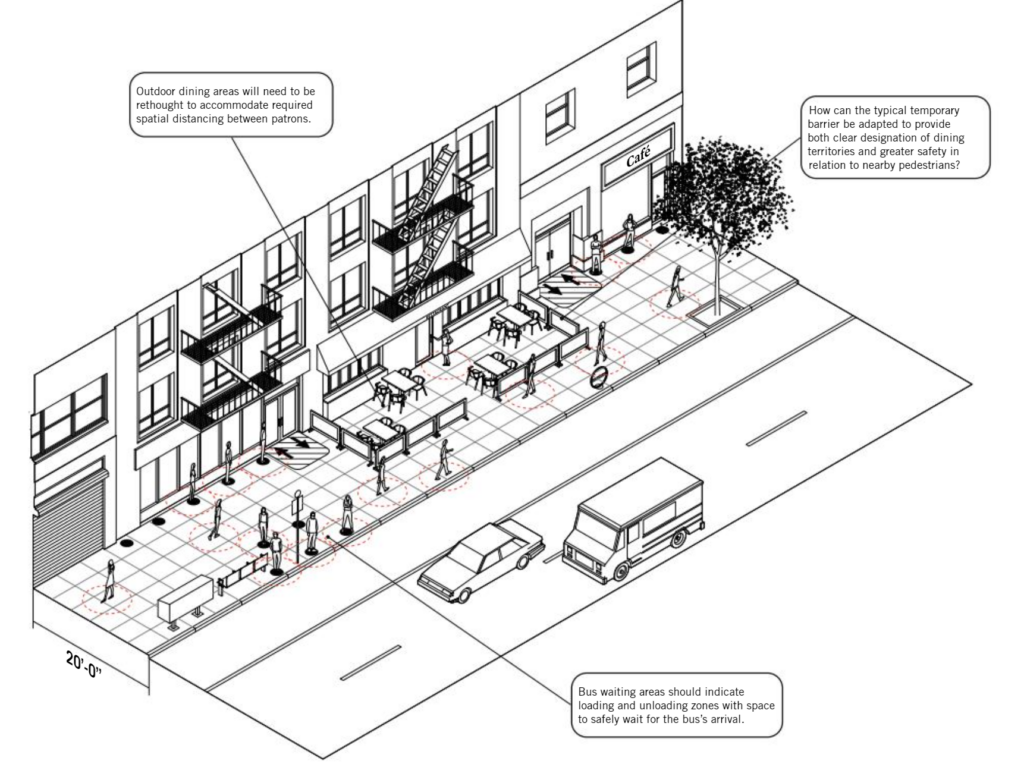
Now – the harder stuff. We need to be indoors sometimes. Actually, most of the time. We can’t afford to design buildings that don’t breathe properly, or they could slowly kill us. When it comes to mechanical equipment, we can improve filtration (MERV 13 filters), add more fresh outside air dilution, control humidity – 40% to 60% humidity levels are less conducive for Covid- and use more technology like ionization and UV light, which can kill/mitigate Covid. We’re adding ionization technology in the new Watertown Airport that we’re working on. It inactivates about 99.4% of the Covid virus within 30 minutes. We are using this technology in our own architecture offices too. A well-designed building can use technologies to borrow rejected heat elsewhere in the building and apply it where it’s wanted to save money and efficiency. Proper air-flow improves efficiencies and comfort at the same time. There are untapped opportunities to utilize solar gain for additional benefits. Fans located, sized, and utilized properly can help the pocket book and the lungs too. Using raised floor plenum spaces to spread clean fresh air distribution, and then placing air returns strategically can create clean cylinders of fresh air that could make working in an open environment safer. There are great heating sources that don’t need to rely on a central blown air system for distribution, such as in-floor heat, radiant, solar heat, and others. Just add fresh air, which is a great strategy during the most critical times when we need to stay indoors – the heart of winter. Even paying attention to designing houses to properly cross-ventilate using open windows in moderate months is important.
I’m realistic, I understand that I may get Covid. And for the vast majority of folks, they may have mild or asymptomatic symptoms if they contract Covid. I don’t think we need to panic. I believe we need to find ways to promote business during this pandemic. But it’s my opinion we can be appropriately safe and also promote economic activity. I’ll wear a mask at indoor public places. I’ll social distance as much as possible. And for my part, I’ll wash my hands often and continue to design buildings with better air quality. And during this pandemic, I’ll invite everyone to take it outside when they can.
(Footnote 1)
Nishiura Hiroshi, Oshitani Hitoshi, Kobayashi Tetsuro, Saito Tomoya, Sunagawa Tomimasa, Matsui Tamano, Wakita Takaji, MHLW COVID-19 Response Team, Suzuki Motoi (April 16, 2020). Closed environments facilitate secondary transmission of coronavirus disease 2019 (COVID-19). MedRxiv. https://doi.org/10.1101/2020.02.28.20029272
(Footnote 2)
Bourouiba, Lydia (March 26 2020). Turbulent Gas Clouds and Respiratory Pathogen Emissions. DOI: https://jamanetwork.com/journals/jama/fullarticle/2763852
(Footnote 3)

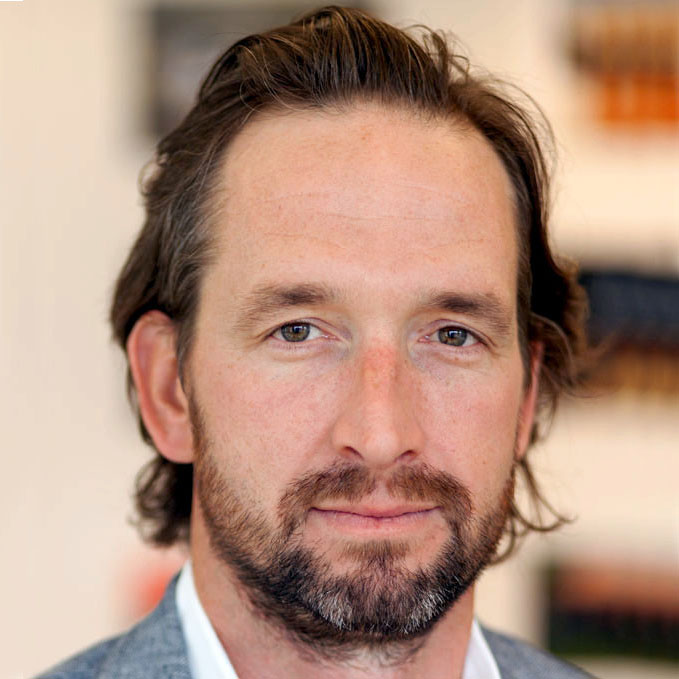
Thomas Hurlbert, AIA, is principal architect at CO-OP Architecture in downtown Sioux Falls.
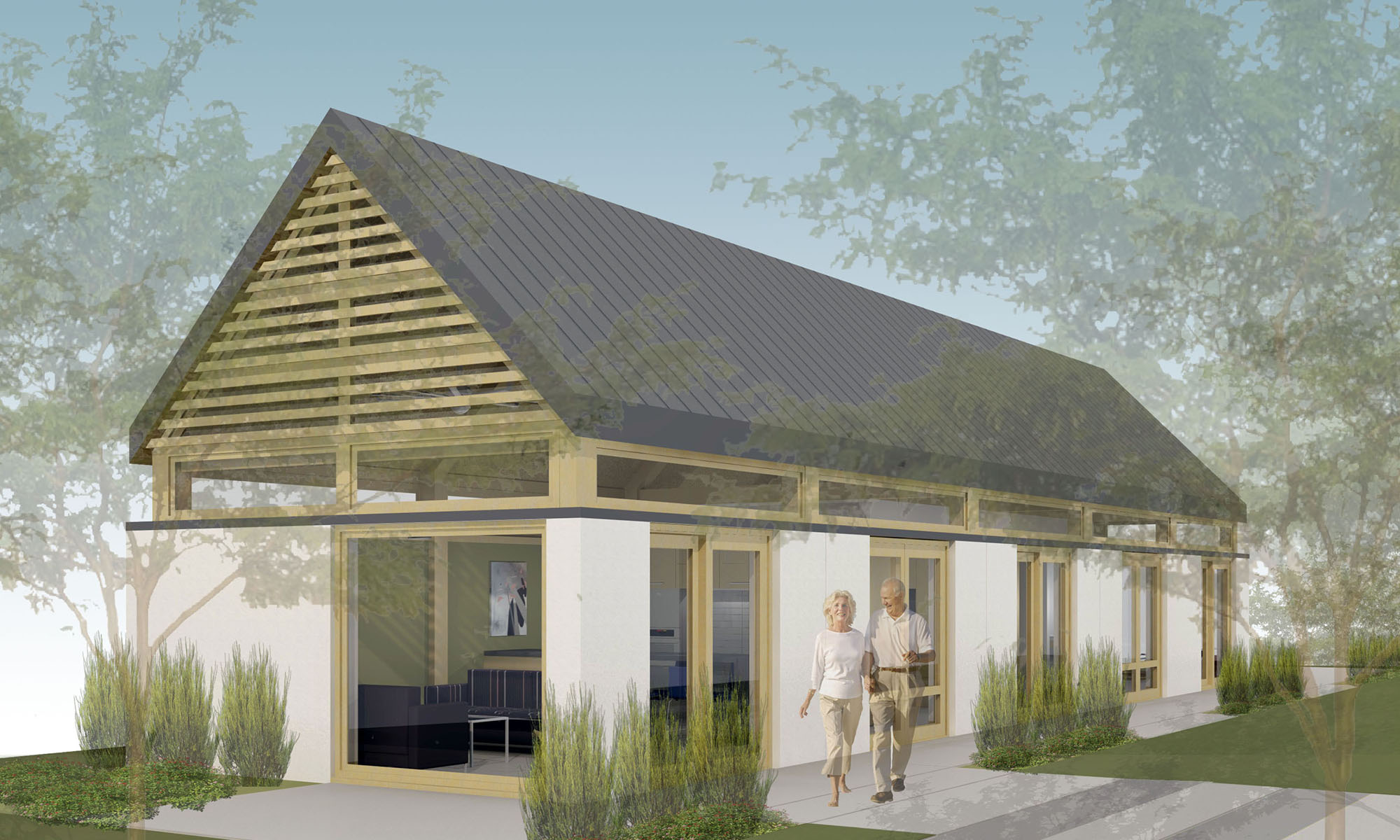

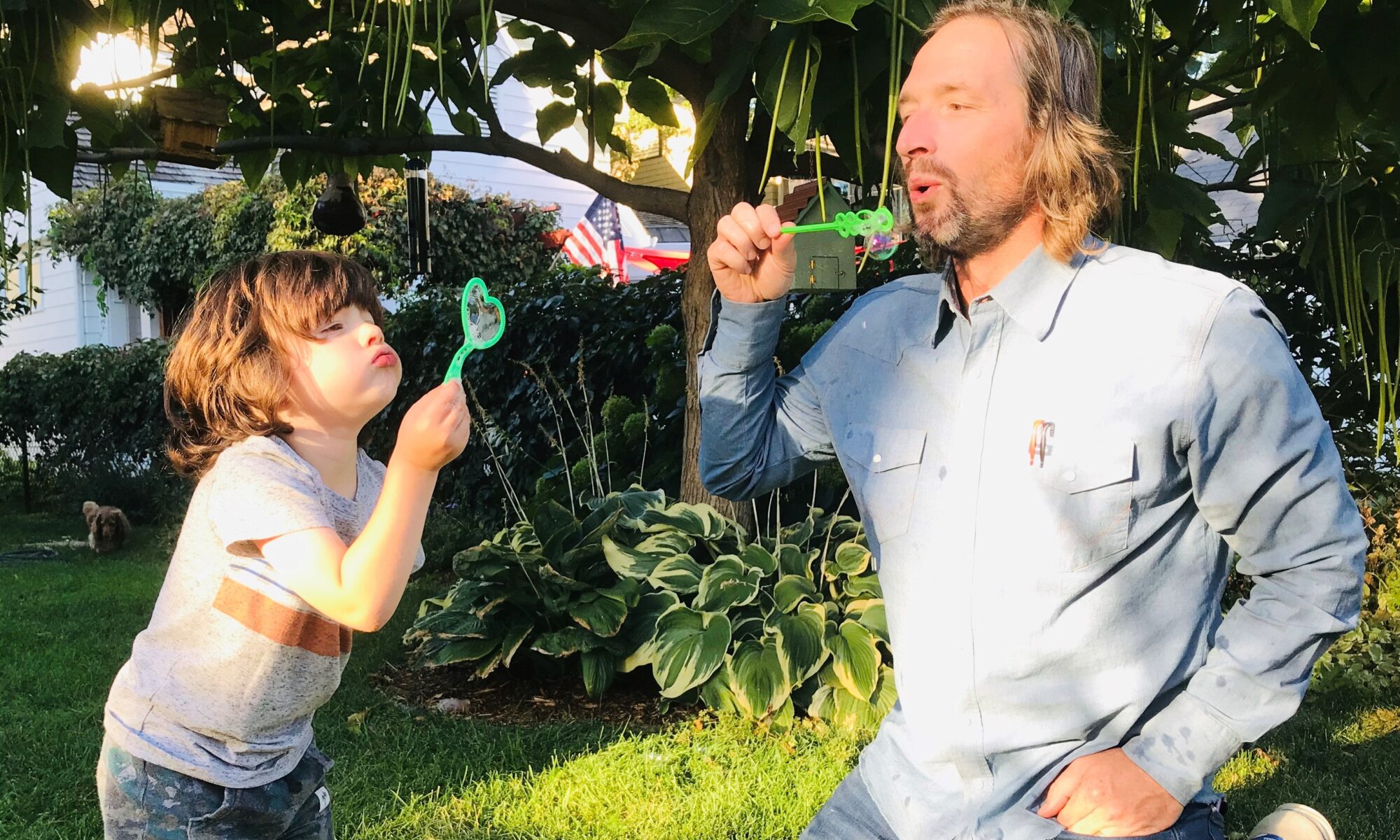
great article!
I immediately opened my windows!
Great Article Tom!
I love it Man!!
Into the Lights!!